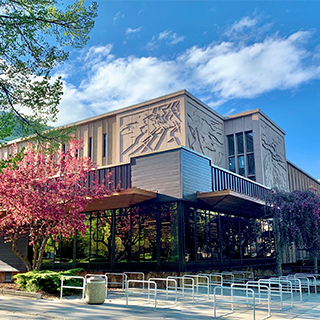Collection Highlights
The majority of Archives and Special Collections’ primary source materials help to document the people and activities of the University of Montana, Western Montana, and the region. Secondary sources in the department serve as important reference tools, enhancing understanding of local and regional history and facilitating use of primary sources.
Our Montana Room holds over 7,000 regional and historic maps, 10,000 books, university and regional newspapers, Montana government documents, and city directories. In addition we have over 3,000 oral history interviews, 1,000 archival and manuscript collections, and nearly 100,000 photographs.
Published books and maps held in Archives and Special Collections, including those in the Montana Room, are included in OneSearch. Guides (finding aids) for our processed archival collections are available on Archives West. We have digitized many photographs, as well as some some diaries and ledgers, and made them available online via the Montana History Portal. Other digitized content, including Oral Histories and University of Montana Publications, are available online via ScholarWorks.
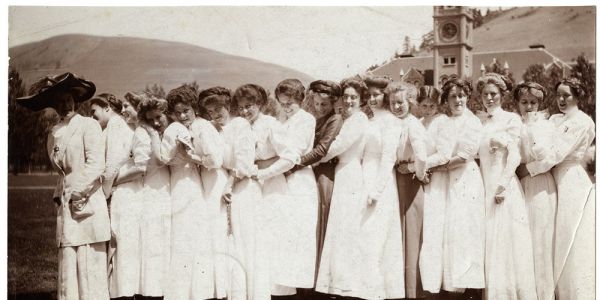
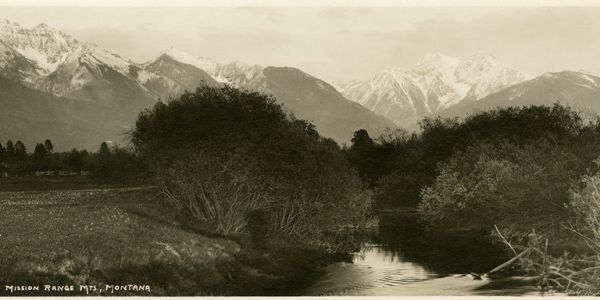
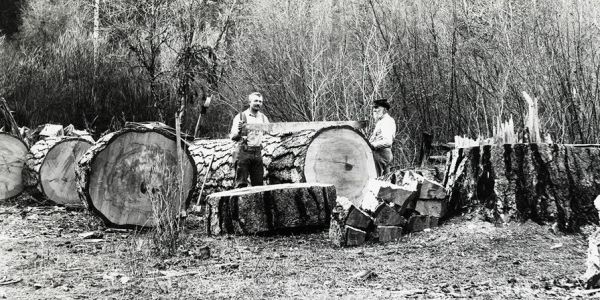
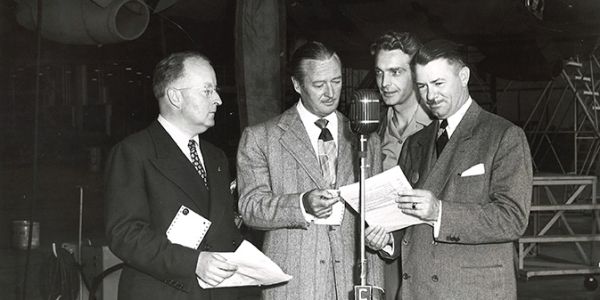

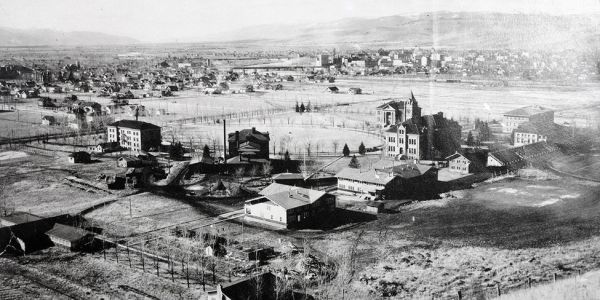
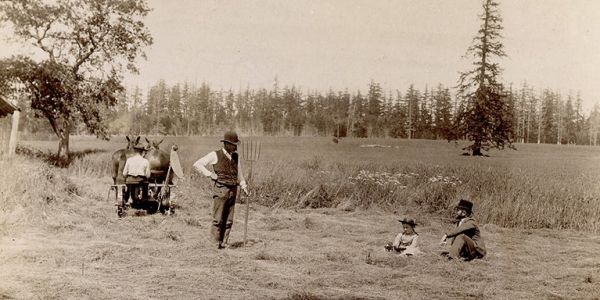
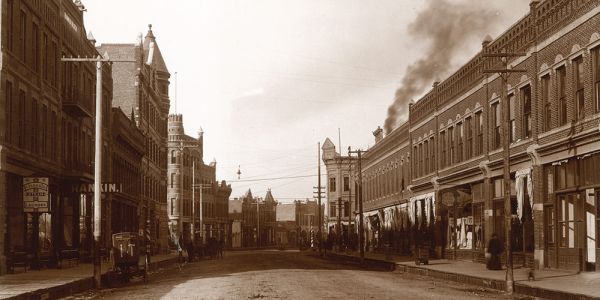

Formats
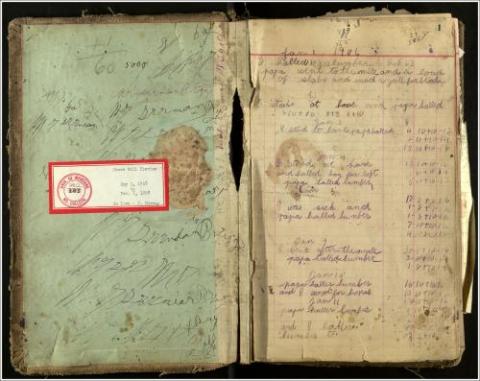 Archives and manuscript collections can include handwritten material, typescripts, photographs, diaries, scrapbooks, financial records, correspondence, news clippings, and even published contents. Collections created in the late 20th century or after often include electronic files.
Archives and manuscript collections can include handwritten material, typescripts, photographs, diaries, scrapbooks, financial records, correspondence, news clippings, and even published contents. Collections created in the late 20th century or after often include electronic files.
The majority of our university archives and manuscript collections have guides (finding aids) available via Archives West. The majority that do not have online guides have inventories. Contact us if you can't locate a published guide.
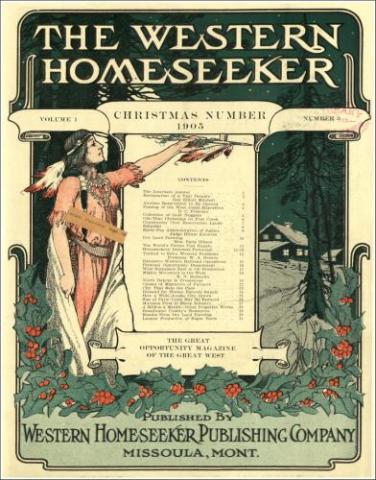 Archives and Special Collections, including the Montana Room, has over 20,000 books. While the majority of works are about Montana, our collection of rare books ranges in date from the Middle Ages to the present and covers a wide range of topics, from literature and history to the natural sciences. Highlights of the collection include works of English and American literature (primarily Charles Dickens, the Brownings, William Faulkner, and Robert Graves); works of Western authors (Myron Brinig, Dorothy Johnson, Frank Linderman); the Lucia B. Mirrielees Chaucer Collection of early printed editions from 1561 to the early 18th century; the Philips Collection of publications about the fur trade and about Native Americans; illustrated works by Arthur Rackham, Rockwell Kent, and Maurice Sendak; and first or early editions of Lewis and Clark and other western exploration-related publications. All of our books are cataloged. Records are available through OneSearch from the Mansfield Library homepage.
Archives and Special Collections, including the Montana Room, has over 20,000 books. While the majority of works are about Montana, our collection of rare books ranges in date from the Middle Ages to the present and covers a wide range of topics, from literature and history to the natural sciences. Highlights of the collection include works of English and American literature (primarily Charles Dickens, the Brownings, William Faulkner, and Robert Graves); works of Western authors (Myron Brinig, Dorothy Johnson, Frank Linderman); the Lucia B. Mirrielees Chaucer Collection of early printed editions from 1561 to the early 18th century; the Philips Collection of publications about the fur trade and about Native Americans; illustrated works by Arthur Rackham, Rockwell Kent, and Maurice Sendak; and first or early editions of Lewis and Clark and other western exploration-related publications. All of our books are cataloged. Records are available through OneSearch from the Mansfield Library homepage.
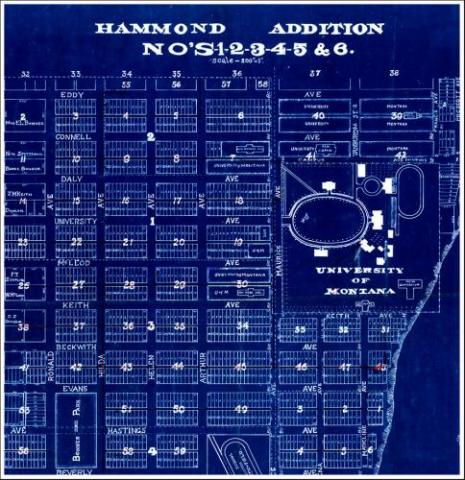 Our diverse collection covers dates from the early 19th century to the present-day. Map series include topographic maps, orthophotoquads, geologic and hydrologic maps, railroad and highway maps, National Forest and National Wilderness maps, Forest Health Protection Annual Aerial Detection Survey maps (pest maps), BLM surface and mineral management maps, and Sanborn Company fire insurance maps. The collection also contains various maps of early explorations of the American Northwest, territorial maps, plat maps, and maps of a number of Montana cities. A portion of our maps are available online via the Montana History Portal. Most of our maps are cataloged and can be found using OneSearch from the Mansfield Library homepage. You can also view our Maps Research Guide.
Our diverse collection covers dates from the early 19th century to the present-day. Map series include topographic maps, orthophotoquads, geologic and hydrologic maps, railroad and highway maps, National Forest and National Wilderness maps, Forest Health Protection Annual Aerial Detection Survey maps (pest maps), BLM surface and mineral management maps, and Sanborn Company fire insurance maps. The collection also contains various maps of early explorations of the American Northwest, territorial maps, plat maps, and maps of a number of Montana cities. A portion of our maps are available online via the Montana History Portal. Most of our maps are cataloged and can be found using OneSearch from the Mansfield Library homepage. You can also view our Maps Research Guide.
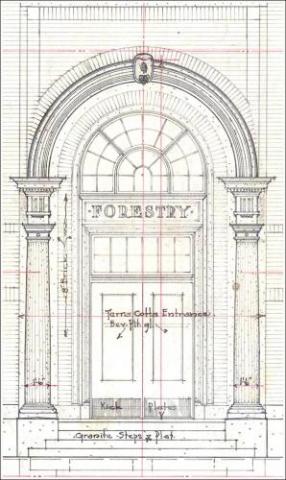 The term 'architectural drawings' usually refers to sketches, diagrams, plans, or schematics used to design, construct, and document buildings and other structures. The majority of our architectural drawings are for University of Montana or Missoula area buildings. Most are from the Gibson, Kirkemo, and Bakke collection or the unprocessed Art and Architectural Studio (Witwer, Price, Crabtree) collection. Many of our drawings are included in Montana State University's online Montana Architectural Drawings database.
The term 'architectural drawings' usually refers to sketches, diagrams, plans, or schematics used to design, construct, and document buildings and other structures. The majority of our architectural drawings are for University of Montana or Missoula area buildings. Most are from the Gibson, Kirkemo, and Bakke collection or the unprocessed Art and Architectural Studio (Witwer, Price, Crabtree) collection. Many of our drawings are included in Montana State University's online Montana Architectural Drawings database.
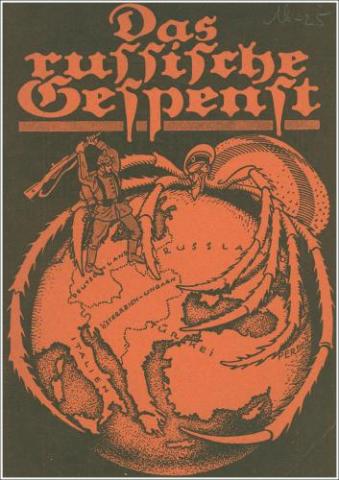 The term pamphlet usually refers to a complete work that has less than 80 pages and is about a single subject. Archives and Special Collections has thousands of pamphlets. Some, primarily those about Montana, have been cataloged. Other pamphlets do not have individual catalog records but have been grouped and described by subject. Our largest pamphlet collections are the Zine and Small Press collection; the World War I pamphlet collection, and the Montana pamphlet collection.
The term pamphlet usually refers to a complete work that has less than 80 pages and is about a single subject. Archives and Special Collections has thousands of pamphlets. Some, primarily those about Montana, have been cataloged. Other pamphlets do not have individual catalog records but have been grouped and described by subject. Our largest pamphlet collections are the Zine and Small Press collection; the World War I pamphlet collection, and the Montana pamphlet collection.
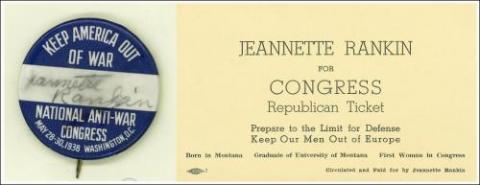
Ephemera includes a broad range of documents intended for one-time or short-term use including poster, invitations, tickets, menus, playbills, campaign memorabilia, brochures, business cards, greeting cards, and much more. Our manuscript collections are filled with ephemera. We also have some unprocessed collections that contain ephemera as well. Keyword search our collection guides in Archives West or contact us for more information.
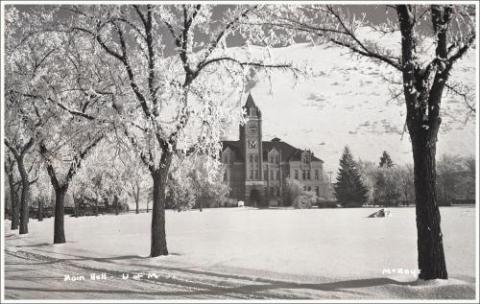 Archives and Special Collections holds over 100,000 images in a variety of formats, ranging in date from 1860s to the present. The majority of the photographs document people, places and activities in Montana and especially western Montana, including the Missoula area and the University of Montana.
Archives and Special Collections holds over 100,000 images in a variety of formats, ranging in date from 1860s to the present. The majority of the photographs document people, places and activities in Montana and especially western Montana, including the Missoula area and the University of Montana.
Over 13,000 photos from our collections have been scanned and made available online in the Montana History Portal. Archival collections with significant numbers of photos of Western Montana include those of K.D. Swan, Morton J. Elrod, and R.H. McKay. Guides (finding aids) to our processed photograph collections are available via Archives West.
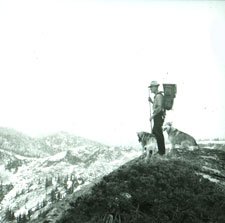 Oral history is a technique for generating and preserving original experiences and voices of people and communities. Personal recollections captured via planned recorded interviews offer unique historical perspectives. Archives and Special Collections oral history interviews include audio files and, often, transcripts from a range of project topics: women and feminists in Montana; forestry, land use, and conservation; the environment; Montana politics and politicians; smokejumping; homesteading and fur trapping in Montana; and University of Montana history, among others. ASC oral history collections can be accessed via ScholarWorks.
Oral history is a technique for generating and preserving original experiences and voices of people and communities. Personal recollections captured via planned recorded interviews offer unique historical perspectives. Archives and Special Collections oral history interviews include audio files and, often, transcripts from a range of project topics: women and feminists in Montana; forestry, land use, and conservation; the environment; Montana politics and politicians; smokejumping; homesteading and fur trapping in Montana; and University of Montana history, among others. ASC oral history collections can be accessed via ScholarWorks.
Research Guides
For more information, check out our research guides on the following topics.
